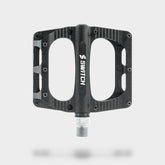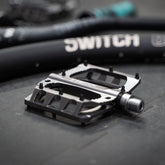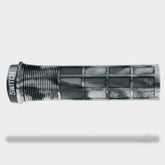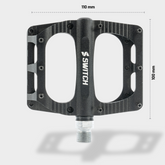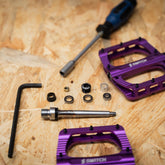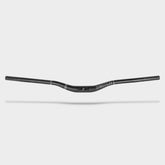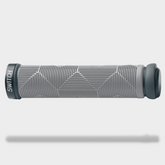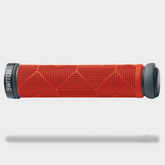Dropper seatpost buying guide
The telescopic seat post has now become a standard component in MTBs.
In fact, today many choose to use the telescopic seat post for greater safety and riding comfort on downhill sections, at the expense of the higher weight compared to a traditional seat post.
Despite this trend, many bikes leave the shops still without a telescopic seat post or with an unsuitable telescopic seat post, or better still with sizes that are not suitable for the end user.
However, anyone wishing to buy a telescopic seat post for their MTB must pay close attention to some characteristics and measurements of their frame, because not all seat posts are suitable for all bikes.
We have therefore decided to offer a quick guide with the hope that it will help you in choosing the most suitable dropper post.
Important factors when choosing a seat post:
Seatpost diameter: the diameter of the seatposts in MTBs follows certain standards and the most common are: 27.2 - 30.9 - 31.6 - 34.9 it is therefore necessary to take this measurement and we also advise against the use of a reducer to adapt seat posts that are not 100% compatible
Preparation for the cable: it is necessary to check whether the frame referred
whether or not we have the predisposition for the passage of the cable to operate the seat post, inside the frame. Modern bikes, especially those in the more downhill-oriented segments such as trail and enduro bikes, all have this trick, but slightly dated frames and frames intended for XC practice are often not designed in this sense. In any case, there are several models with the predisposition for the passage of the external cable
Out of the saddle height: you need to know the length of the out of the saddle used during the ride to be able to understand which excursion may be of interest to us. Obviously, when considering the excursion, it must be kept in mind that 150mm of excursion does not indicate 150 mm of out of the saddle, but the encumbrance of the collar present in the seatpost and the encumbrance due to the seatpost head must also be considered.
This measurement corresponds to point 7 of the table below
Space inside the frame: all frames, suspension or not, often have space limits inside the frame, limits due to the shape of the frame, the size or often also the screws for the bottle cage. It is therefore necessary to understand what is the maximum space available inside the frame.
In fact, it should be specified that the greater the seatpost travel, the greater the space required inside the frame will also be.
It must also be considered that each seat post has a minimum insertion value, in fact it is not possible to leave only a few mm of the seat post inside the frame but each seat post has a well indicated value.
Conclusions
Once these measurements have been taken and our needs understood, by consulting the table below it is possible to obtain all the information necessary for purchasing the seat post that best suits your needs.




